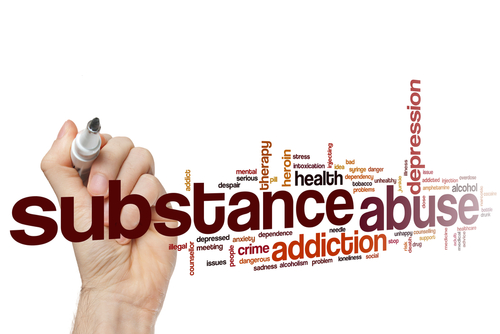Substance abuse is unfortunate with 19.7 million Americans ages 12 and older who have been suffering, but we can work together to prevent and treat the illness with adequate healthcare modalities. We must be aware of comorbidities when speaking about substance abuse, which is the simultaneous presence of two chronic diseases or conditions in a patient, such as social anxiety and major depressive order, which are current issues. There are many adolescents and adults who have developed substance use disorders and have also been diagnosed with having a mental disorder as well. According to the National Alliance on Mental Illness, there are approximately 1 in 5 or 11.4 million adults and youths 6 to 17 years of age or 7.7 million adolescents who have experienced serious mental health issues in conjunction with substance application. How do we go about deterring mental health issues? The first thing that must be done is recognizing that you or the individual has a problem.
You want to be wary of judging the individual or yourself because it could exacerbate the neuro condition. Subsequently, go and look for help from a family member, a friend or a professional organization such as a church or hospital. Why a church or a hospital? This is because the individuals in those professions have been trained to speak to developing, distressed or dispirited minds. Ultimately, you will want the individual or yourself to go get a physical exam conducted so that you can avoid severe mental illnesses such as Schizophrenia where the individual becomes detached from reality, depressive disorders where the individual experiences an abnormal level of sadness which can disrupt their ability to function properly and anxiety disorders which can cause perpetual panic and bring phobias into existence. There are medications to help with mental disorders such as anti-depressants and mood-stabilizing medications that can help the individual slowly reach a healthy mental state, but you must be careful that you listen to your physician and your body when taking these medications so that the opposite effect does not occur. Furthermore, according to the National Institute on Drug Abuse, the statistics are in constant flux and the data should be seen by teens and parents. Alcohol use from 2016 to 2019 went from 22.8% to 24.5% for 8th graders, 43.4% to 43.10% for 10th graders and 61.2% to 58.5% for 12th graders.
In addition, cigarette use from 2016 to 2019 went from 9.80% to 10% for 8th graders, 17.5% to 14.2% for 10th graders and 28.3% to 22.3% for 12th graders. The decline in the stats could be due to adolescents experimenting more in their early teen years because they were not educated about substance abuse, peer pressure or they are engulfed in societal entropy. Unfortunately, vaping has gone from 17.5% to 24.3% for 8th graders, 29% to 41% for 10th graders and 33.8% to 45.6% for 12th graders. The best thing to do is for parents or community leaders to do is: sit down and speak about these topics with their youths, speak about the dangers of using the above products and the consequences of using them so that adolescents do not feel like they have to hide the fact that they are using these products and prevention methods can be given at an earlier stage of curiosity or use. Remember, you are not alone.
References
- National Institute on Drug Abuse (October 2019) Trends and Statistics. Retrieved from: https://www.drugabuse.gov/related-topics/trends-statistics
- National Institute on Drug Abuse (October 2019) Common Comorbidities with Substance Use Disorders. Retrieved from: https://www.drugabuse.gov/publications/research-reports/common-comorbidities-substance-use-disorders/part-1-connection-between-substance-use-disorders-mental-illness
- Mayo Clinic (1998-2020) Mental Illness. Retrieved from: https://www.mayoclinic.org/diseases-conditions/mental-illness/diagnosis-treatment/drc-20374974
- National Alliance on Mental Illness (September 2019) Mental Health By The Numbers. Retrieved from: https://www.nami.org/learn-more/mental-health-by-the-numbers



